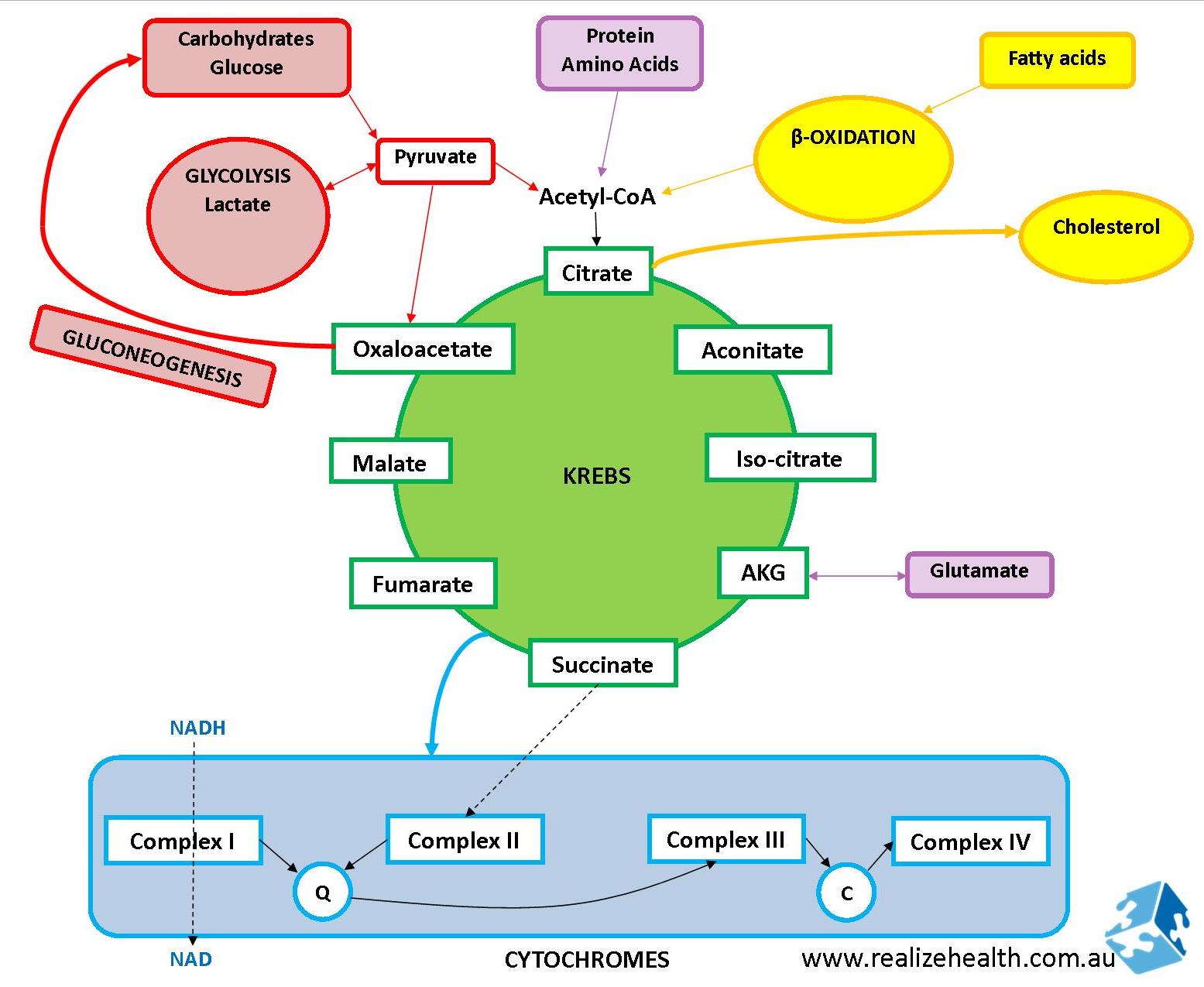

As such, it has numerous benefits for our brain, and heart.Įndogenous Antioxidants: The Super Supplements Your Body Makes! Co-enzyme Q10 (aka CoQ10) for example, is one of these molecules that can help our mitochondria produce more ATP. These molecules have many purposes, but many of these molecules help to facilitate the Kreb’s Cycle that produces ATP. These molecules can donate an electron or take an electron away from another molecule to facilitate a chemical reaction. Redox simply means “reduction and oxidation”. There are certain molecules called redox signaling molecules. There are other ways like beta oxidation and oxidative phosphorylation, but for the sake of this article, we are going to keep it simple so you dodged that bullet. The most common way is the Kreb’s Cycle (aka The Citric Acid Cycle). There are a few ways that ATP can be produced. How Do I Raise ATP for Healing and Energy? There are a lot of supplements that we can use to lower oxidative stress and raise ATP all at the same time. Studies show that if we just flood our bodies with mega-doses of antioxidants all the time, then it can actually impair our body’s ability to heal because it confuses our body’s signaling mechanisms that tell it where and how to heal.Ī little stress, oxidative or otherwise, is a good thing! It is unchecked, chronic stress that causes problems especially if our body never gets a break. Like I said before though, unchecked oxidative stress can cause cell damage and even cell destruction.ĪTP is one of the primary resources needed to rebuild an area in our body if there is damage so as a general rule of thumb, we want to lower our oxidative stress, and raise our levels of ATP. It’s All About BalanceĪ little bit of oxidative stress can create a little inflammation which tells our body where to send resources so our body can heal a damaged area. Read our Full Article on Reactive Oxygen Species (ROS)here. If unchecked, then this can cause oxidative damage to run rampant, and can even cause cell death which is called necrosis. However, if we constrict blood flow, nutrients, or oxygen to a certain area of the body for an extended period of time, then the damage can be too great to repair. For example, the death of unhealthy cells like cancer can be a good thing because our body can recycle and repurpose the nutrients that the cell is made of. This can be a crucial healing process as long as it happens in limited amounts. If there is too much oxidative stress in an area, then our cells and organelles (organelles are basically the organs of our cells) know there is something wrong, and they will often self destruct. What Happens if There is Too Much Oxidative Stress? They exist as feedback loops or signaling molecules so our body knows what is going on. These molecules can cause damage called oxidative stress, but these molecules are not universally bad. Free radicals and reactive oxygen species (ROS) are produced by chemical reactions in our mitochondria, and are even produced by our own immune system. Most people hear free radicals, and think of them as the “bad” compounds that cause cancer, but this is only part of the truth. What are Free Radicals and Reactive Oxygen Species? For this reason, ATP is often known as a co-enzyme because it works with other compounds. I liken mitochondria to little battery factories because ATP is a way that our body can store energy, transport it to another area in the cell, and then use that energy there to power a chemical reaction. Many people say that the mitochondria are like little power plants in our cells. These are two of the substrates that our mitochondria turn into ATP. When our body turns calories into energy for our cells, enzymes convert carbohydrates into glucose, and our liver converts fatty acids into ketones. Many call it the energy “currency” of our cells, and the “transactions” are metabolic reactions. ATP or adenosine triphosphate is an organic molecule used in many cellular reactions.


 0 kommentar(er)
0 kommentar(er)
